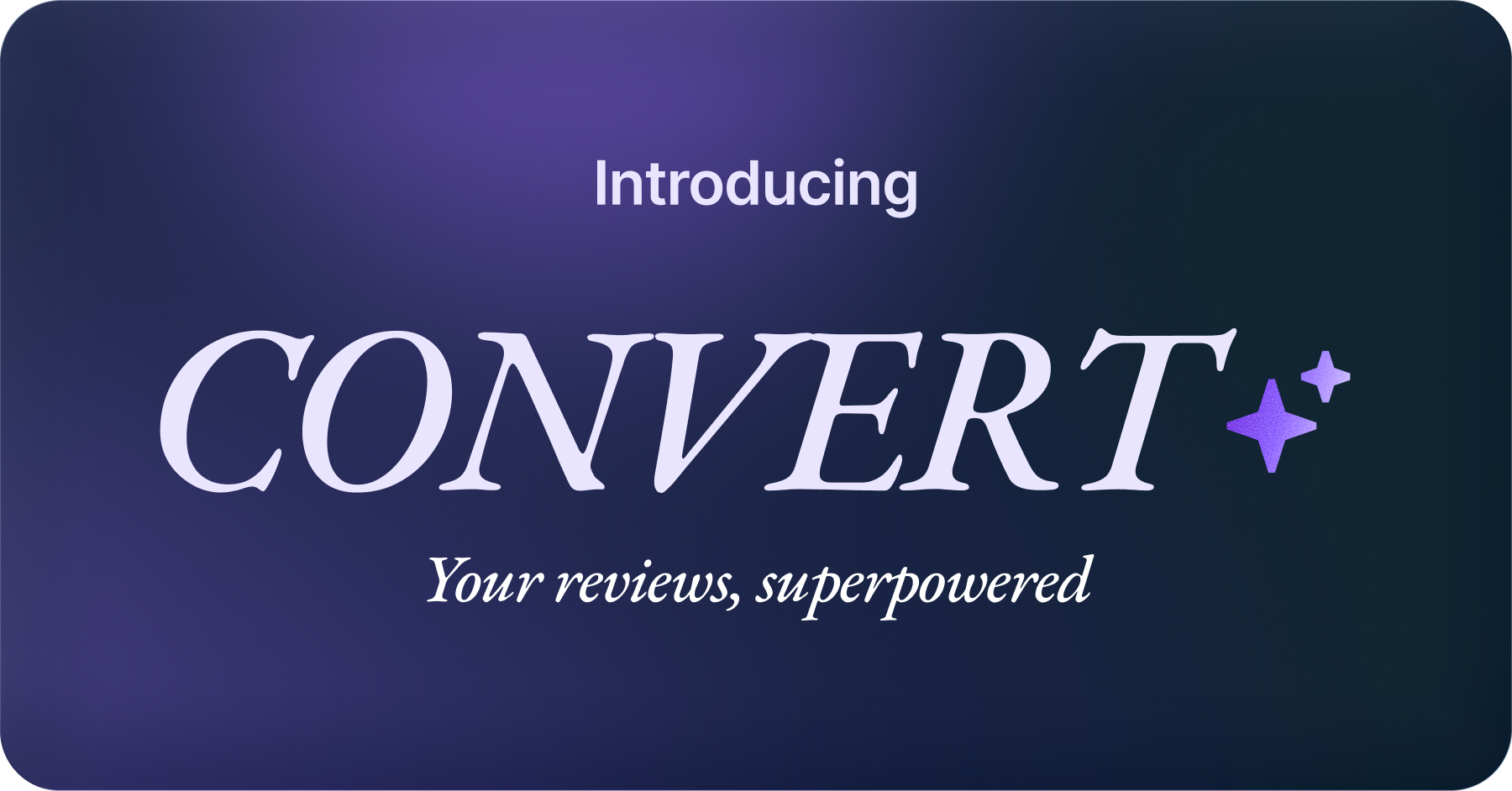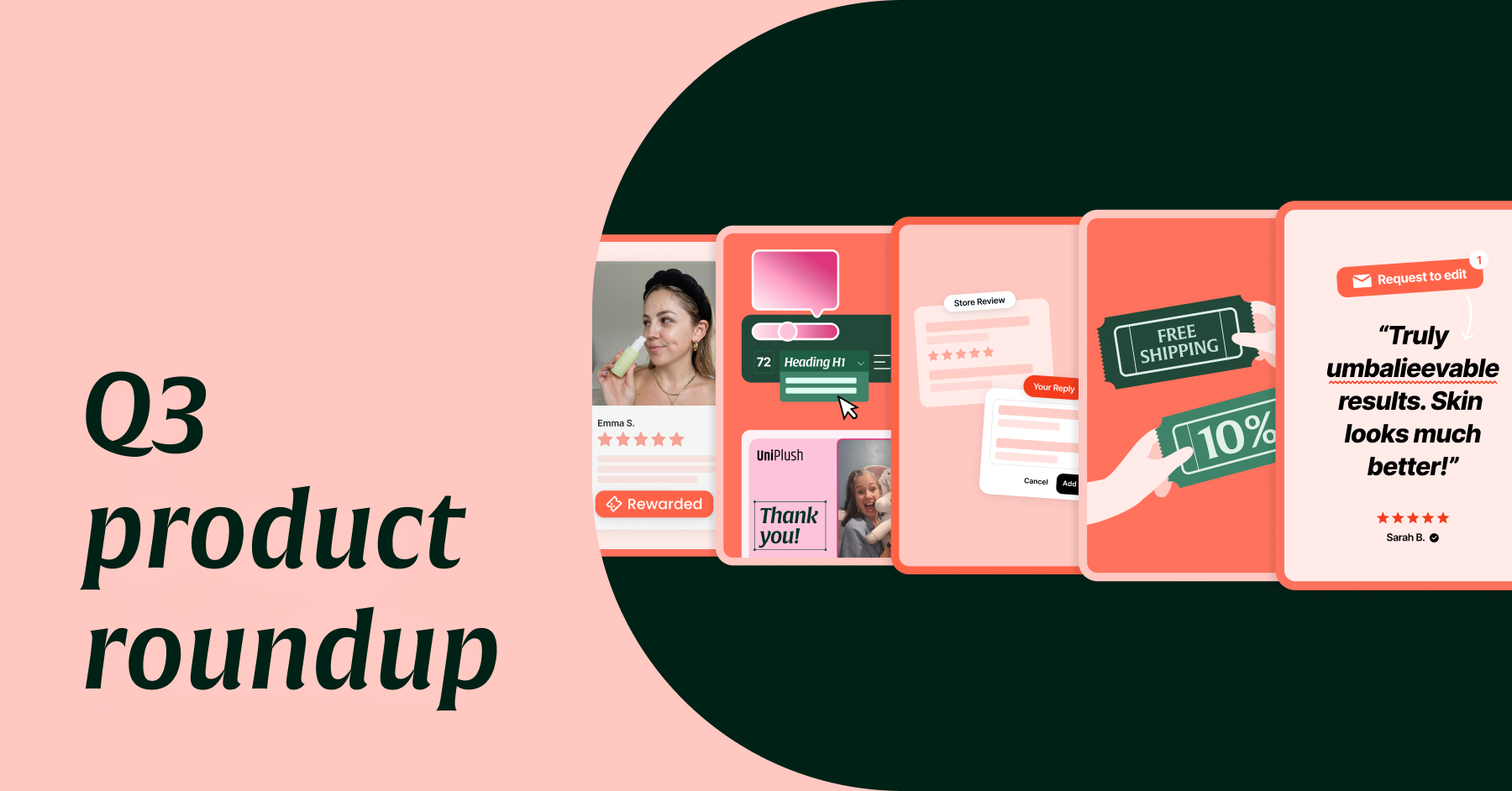How to Leverage Social Proof to Optimize Your Brand Image

So you’re deciding on a movie for your weekly movie club: a difficult choice, but you’ve finally narrowed it down to two choices, after going over plot summaries for an hour. One is The Shape of Water, which won the Academy Award for Best Picture in 2018.
The other is a short film you found on YouTube accidentally, fairly unknown, with about 100 views and 20 likes.
Let’s face it. The latter would not even have made it to your top two, and even if it did–a movie that you’ve heard about hundreds of times from your colleagues, your mutuals on Twitter and is backed up by the Oscar would win over it.
Substitute this movie with your brand. The more people speak about your brand in a positive light, the more favorable it will be as an option. Bonus points if a person the customer respects or admires gives your brand a shout out.
Why does social proof work? What does it help with?
Everyone in the field is insistent about the importance of social proof – but what is the science behind it?
Social proof is basically signaling to your potential customers that the product is accepted and liked by a great number of their peers: humans are social creatures with a need for companionship and validation. They want to fit in, and if the product or service you are selling is the route to social acceptance, so be it.
The more similar the people reviewing your brand, the more likely will people trust your product. (If he likes it, I would too)
The most glaring case study highlighting the effect of social proof on behavior occurred when in an effort to make people switch to ceiling fans over air conditioners, sections of residents were given different motives to do so.
Residents were told that they should use their fan a) to save $54 a month, b) to prevent the release of 262 pounds of greenhouse gases, c) because it was the socially responsible thing to do, or d) 77% of their neighbors already used fans.
Any guesses as to which reason led to the maximum number of conversions to ceiling fans? You’re right. Option D. Energy consumption reduced by a whole 10% for that sector, while the other options couldn’t even reach a proper 3% reduction.
It is a strong motivator, and you simply cannot miss out on social proof in your marketing efforts if you want a web-like awareness about your brand.
Second, customers trust people they have been following and look up to, and thus, by association, trust the brands celebrities and influencers endorse.
When people are uncertain about a product, someone they perceive as popular or successful vouching for the product assures them that their decision to purchase it would not be a terrible one. Additionally, perceived industry experts recommending a product makes it valuable in the eyes of the target audience.
Lastly, the numbers come into play. If so many people happen to like a product, it must be worth the purchase.

How do I use social proof to boost my brand image?
There are many types of social proof: from expert reviews to user-generated content, brand building through social proof is a wide and vast net that you can cast. Every page of your store can have some form of social proof, which will not only push for trust but also invoke positive views about your brand.
All the reasons stated in the above section come into play to convince the customer that your brand is reliable and safe, with products that are desirable.
Your brand image is how people view your brand. For example, Netflix is seen as a fun, exciting and creative company. Their user-generated content reflects the same:

Here are some tips on using social proof to build your brand
- Have a solid product. Amazing product, amazing reviews: simple as that. For this, we recommend using Spocket products. Sourced from the US and Europe, these products are not only excellent quality-wise but also ship quicker to your customers. These are two essential elements of a great product that leads to praise about your brand–China-based products bring in lieu a list of negative reviews. Spocket makes sure you can focus on your customers and your online marketing strategies freely, while customers delight in your products.
Don’t trust us? Here’s some social proof!

- Use your audience to shape your brand image. Do you wish to appear as a chic, high-end brand? Ask your users to share their most stylish moments wearing your apparel with the hashtag #mychicmoment on social media platforms. Want to appear fun and hip? Start a competition for the goofiest caption, with a gift card to your store. All user content is social proof of your brand’s popularity.
- Ask the right questions. Customers hate when you beg them for a review–instead ask pointed questions, get feedback on the product; it’s quality, utility, the convenience of use, all factors play a major role in a wholesome review. Such reviews are more authentic and more trustworthy.
- Showcase statistics about your product: the number of people viewing it at the present moment, the number of sales it has garnered and so on.
- Use photo/video reviews as they have a larger impact on conversions. Visuals are processed 60,000 times faster in the brain than text is. Make it easy for your audience.
- Expert social proof through reviews on social networks and blog posts as well as social shares bring your brand out in the open and spread awareness about it. Insert appropriate buttons on your product pages for ease of sharing via popular social media platforms.
- No proof is better than low proof! The effect of social proof on conversions is undeniable: make sure you have processes in place to allow collection of reviews and feedback–because I, personally, have never purchased an item off Amazon without going over the reviews people have left on it.
Still waiting?
Get Loox today and give your brand image a pick-me-up…or should we say a glorious push towards success?

(Level up!)
How do I ask for a review?
While we can all agree on the power of social proof, it is a fragile matter to request a review while maintaining your relationship with the customer.
There are a few tips on how to put the question delicately:
1. The survey
The first step should be asking if they had a pleasant experience with your brand. Show them you care by asking about the product and if they were happy with the process. Address their problems, if any, and learn about the product from the customer’s perspective.
This will not only allow you to understand your audience better but also prove to the customer that you value them.
2. Create incentives
Starbucks offers a gift card when asking for reviews which incentivize the customer to take the effort to leave a review. Perhaps the email you send can contain a discount voucher, a deal coupon or a chance to win a free goodie. No one can resist a freebie or a small saving: and you can hit two birds with one stone!
The discount coupon increases the customer’s chances of returning to your store, while also pushing the customer to leave a review!
3. Personalize it
Add the customer’s name and the product they bought to the forefront of your email. Send the email via your email ID rather than a generic store ID: maybe insert a video of you thanking the customer for the purchase, or sign off with your own name if you wish to play it safe. Establish a connection with your customer, build a relationship with them. As soon as the customer stops seeing you as a company, they will be able to relate to you better. Have a look at Neil Patel–he’s a real person, and that does contribute to the image his brand has today.
4. Include a way to rate within the email
Reduce the number of steps a customer has to take to write a review for your brand. Include the rating system within the email, and allow for more extensive feedback via a simple reply.

5. Scratch their back
Lastly, if you want the customer to spare a good word for you, make them feel good first! The customer is happiest within 3 days of receiving the product before the novelty wears off, so make sure to send in the request during this period–and start off your email with a thank you, or something similar. Coax the customer into the review!
With the above tactics, you are ready to set the stage on fire! Reviews lay the foundation for a successful brand; only satisfied customers can grow a business. Create a store that reveals the best of your customers– start off with Spocket today for products worthy of applause, and then finish off with Loox: gain astounding reviews from happy customers.

.jpg)
